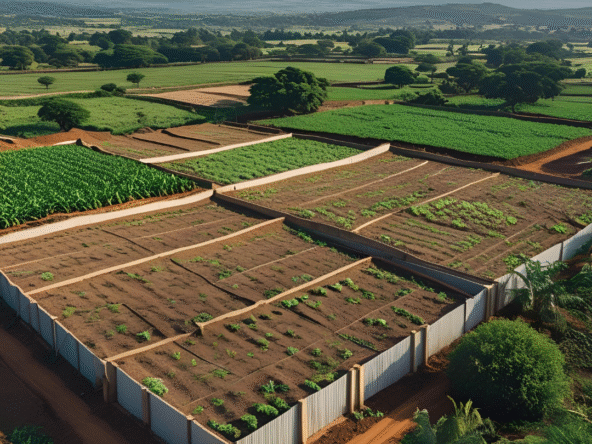Land is more than a resource in Kenya, it is the heartbeat of communities, a source of livelihood, and a powerful symbol of identity and heritage. Given its importance, Kenya’s land governance system has undergone major reforms aimed at enhancing transparency, accountability, and justice.
Central to these reforms is the land classification system established under the 2010 Constitution, which provides a clear legal framework for how land is categorized, owned, and managed.
Whether you’re a landowner, developer, policy advocate, or citizen, understanding this classification system is crucial to appreciating how land in Kenya is distributed and governed.
The Three Categories of Land in Kenya
Article 61(2) of the 2010 Constitution of Kenya classifies land into three distinct categories:
1. Public Land
Public land is owned collectively by the people of Kenya and managed by the government on their behalf. It includes:
- Land occupied or used by a state organ
- Land transferred to the state by way of sale, reversion, or surrender
- All minerals and mineral oils
- Government forests, game reserves, roads, and rivers
- Unclaimed or unregistered land
Key Manager:
The National Land Commission (NLC) is mandated to manage public land on behalf of national and county governments.
Importance:
Public land is crucial for national development projects like schools, hospitals, roads, and conservation areas. Its protection ensures sustainable public service delivery.
2. Private Land
Private land is legally owned by individuals, companies, or institutions. It includes:
- Freehold land (perpetual ownership, subject to restrictions)
- Leasehold land (ownership for a fixed term, typically 99 years)
- Land acquired through inheritance, purchase, or allocation by government
Rights & Responsibilities:
Private landowners have the right to use, sell, lease, or develop their land—provided they comply with planning laws, environmental regulations, and taxation.
Importance:
Private land ownership is fundamental to economic activity, especially in urban development, agriculture, and real estate. However, it must be balanced with social justice and environmental responsibility.
3. Community Land
Community land is held collectively by communities based on ethnicity, culture, or common interest. It includes:
- Land lawfully registered in the name of community groups
- Lands occupied by traditionally living communities (e.g. pastoralists)
- Land transferred to a specific community by the state
Governance:
The Community Land Act (2016) provides guidelines for registering and managing community land. Community Land Committees (CLCs) play a central role in decision-making.
Importance:
Community land protects indigenous cultures and local livelihoods. It empowers marginalized communities—particularly pastoralists and forest dwellers by recognizing their ancestral claims and ensuring participatory management.
Why Land Classification Matters
Kenya’s land classification system does more than define ownership—it provides a framework for:
- Resolving historical land injustices
- Promoting equity and inclusivity in land allocation
- Protecting communal and environmental resources
- Supporting national development through orderly planning and zoning
Challenges and Way Forward
Despite legal clarity, implementation remains a challenge. Issues include:
- Delays in community land registration
- Corruption and illegal land allocations
- Conflicts over land boundaries and ownership
- Limited public awareness of land rights
To fully realize land justice, Kenya must:
- Strengthen the capacity of land institutions
- Enhance public participation and access to information
- Digitize land records for greater transparency
- Enforce laws against land grabbing and encroachment
Kenya’s land classification system is a bold step toward fairness and accountability in land management. By recognizing different forms of ownership public, private, and community it offers a balanced structure that reflects Kenya’s diverse needs and histories.
For every citizen, understanding this system is a step toward securing land rights, protecting communal heritage, and building a just and inclusive future.

